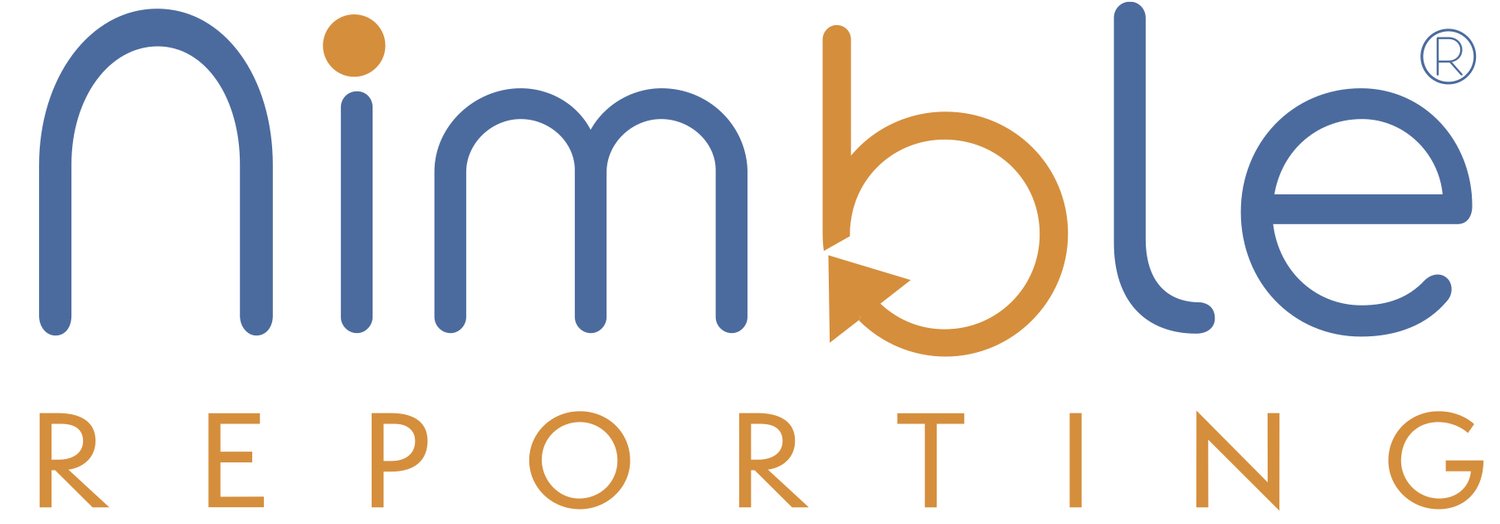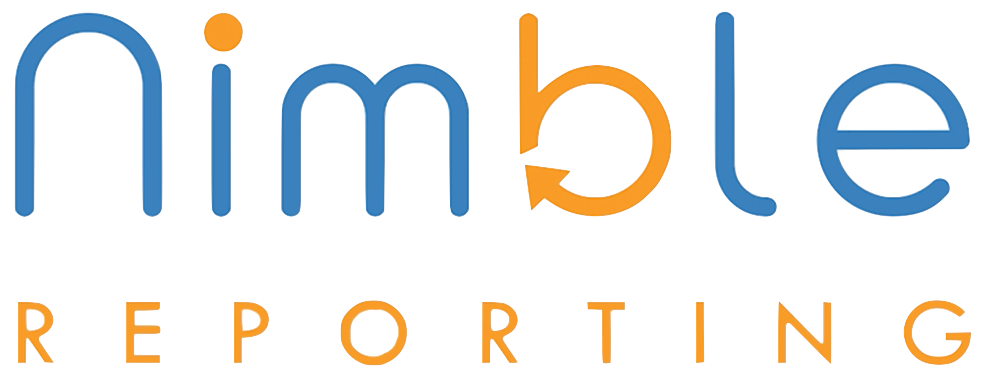How to Automate Payroll Without Losing Your Marbles
We can across this article to help people understand how to better automate the payroll process within the organization. However, as you delve into the different aspects and see how in depth one has to go to protect the employees and management, one thing was perfectly clear. The real way to not go crazy in the process and furthermore go nuts that something will go wrong when implemented is to go to a professional payroll services organization or a payroll platform and have them handle the details. It is all they do and they are the experts. Don’t believe it’s all that complicated? Read on…
FROM PANORAMA CONSULTING GROUP
According to a survey of more than 1,000 business leaders, processing payroll is one of the biggest time-sucking tasks. In all, they’re spending about five hours per pay period on this task alone.
Does this sound familiar? If you’re spending more time and energy crunching numbers than you’d like to, it’s time to look into how to automate payroll.
While there are software solutions designed to simplify and streamline these processes, we all know how frustrating enterprise software projects can be. Today, we’re sharing how to make the most of this effort and come out on the other side more efficient than ever.
7 Factors to Consider When Implementing Payroll Automation
To enable HR transformation you must follow proven best practices. While each company is unique, there’s no need to reinvent the wheel when it comes to the main components.
Below are the factors to consider as you prepare to transition from manual processes to payroll software automation.
1. Be Realistic With Your Timeline and Budget
One of the quickest ways to tank your project is to go over budget or surpass your designated go-live date. That’s why it’s important to get these two elements right at the very beginning.
Meet with your project team and be realistic about how much money you’ll need to achieve full payroll process efficiency, including all of the tools, personnel, and outside resources required.
Then, break the project into actionable steps and determine how long each will take. It’s better to overestimate than come up short at this juncture. In fact, we recommend adding a contingency buffer just in case the worst should happen.
92% of respondents said they deployed or plan to deploy business intelligence at their organization.
2. Understand Your Project Scope
Before diving into payroll automation, take the time to determine what software functionality you need and what level of effort is required. Some questions to ask include:
What are our immediate and long-term needs?
What are some of the pain points we want to address?
What is our budget and how much time can we allot to this project?
Can we complete all the requirements in-house or will we need to outsource?
Are our employees willing to embrace this change or do we expect some resistance?
There will be other questions to ask, including ones that are unique to your organization. The goal of this step is to clarify your needs before you start contacting and negotiating with vendors.
3. Devote Time to Business Reengineering
An enterprise software project is the perfect opportunity to think about your business goals.
While the benefits of automating payroll are vast, which ones actually align with your business goals? By answering this question, you can determine what your future state payroll processes should look like.
Chances are, many of your payroll-related workflows are not optimized. If this is the case, we recommend identifying your pain points and then conducting business process reengineering or process improvement.
Skipping this step could mean automating an inefficiency, which is never an outcome you want.
4. Assemble a Cross-Functional Team
In addition to your core implementation team, consider creating a cross-functional team. This will ensure the new software is aligned with your employees’ needs.
While the project will focus on your payroll systems, remember that there are many other departments outside accounting that will need to use the software. Include representatives from each of your central departments, including:
Accounting
HR
Financial
Recruiting
Sales
Project Management
Choose individuals who will be willing to share their opinions and give their honest feedback on the solution.
5. Plan a Phased Approach
An HR-related automation project is usually best approached in phases. This means that once your team completes one phase, they’ll evaluate how it went and make necessary changes before moving on to the next phase.
Some of the benefits of this approach include:
Introduces the system gradually to your employees
Avoids expensive, time-consuming rework
Allows you to identify and solve problems before they snowball
Reduces scope creep, which could cut into your timeline and budget
6. Prioritize Risk Management
Any time you implement a new type of HR solution, there are inherent risks. This includes general risks around system reliability and security, as well as specific risks that relate to your company in particular.
As you move forward, you may need to take steps to prevent those vulnerabilities. This might include:
Ensuring senior management is providing adequate support
Pushing other upcoming projects to the back burner
Making certain infrastructure changes or adjustments to support the implementation
Hiring an enterprise software consultant to help you understand and manage potential risks
7. Secure Sensitive Data
Finally, let’s talk about data security.
Your accounting team handles some of the most sensitive and confidential information in your organization.
As you transition your data from one system to the next, make sure this information is kept secure. Your IT team can help with this task by creating a plan to back up and safely transfer all employee data.
Before you start to migrate data, it’s also helpful to reach out to your vendor and ask about any security and data backup features they offer.
How to Automate Payroll the Right Way
Automating your payroll processes can save your company time and money by conserving resources and boosting employee productivity.
However, this is only true if you carefully approach your payroll automation project.


